The history of the Alpenrose
The region has been bustling with life since 1999. Before that, the scenery had been dominated for decades by an abandoned building site situated at the village entrance. After its restoration the old landmark of Sils rose anew.The story of the Alpenrose began with a residential building which was repurposed as a post and telegraph office around 1850. It was widened with a lake facing wing by Chr. Nadig in 1862. The entrance was built facing the Sils plain giving the structural requirements for the first hotel of Sils Maria.
In 1874 and 1894 he added an “Arvenstube” on the ground floor and an elegant salon covered in Swiss stone pine and decorated with a stucco ceiling. After the expansion of the western wing of the building the bed capacity increased to 60.
Ludwig and Anna Barblan-Büergna from Zuoz took over the hotel and the associated agricultural estate in 1879. The hotel flourished, not least because Barblan used to personally pick up guests by horse in Chur, Chiavenna and Landeck. After his death in 1902 his son, Ferdinand, and Ferdinand’s mother and sister Annigna took over the business. In 1908 they renovated the hotel in the Grisons-style adding a two-storey veranda and mansard roofs allowing it to accommodate 105 beds. This was followed by the installation of some bathrooms but the unwillingness of the Hotel Alpenrose AG to invest in the necessary refurbishment discouraged the pro-active hotelier. He terminated the rental agreement and other 6 hotel managers followed.
The Alpenrose hotel shut down in 1974 and fell into disrepair. For years, planned projects followed each other, yet none came to fruition. The turning point came with the building firm Alpenrose (today Residenza Alpenrose AG). The firm laid out its plan to the municipality: a 3-star hotel with 88 beds, 25 freehold apartments and 20 studio apartments for local residents.
The start of construction was planned for Autumn 1996 while the completion was expected in Spring 1998. The Sils voters fancied the well-proportioned building and approved unanimously the district plan Alpenrose on 10 April 1995.
The solid capital base of pro-active investors from Engadin led the investors to think that providing a construction loan was just a formality. But things turned out differently; although the loaners proved an excellent creditworthiness to the construction firm, the zero percent share for house purchases by individuals abroad, which had been in force for 15 years, was seen as a major obstacle for the concession of a loan. The logic of banks was understandable; while Swiss interested parties preferably buy properties only shortly before occupancy, foreign interested parties are willing, in most cases, to purchase properties off plan. The binding approval of the purchase price during the planning phase and the payment according to the construction progress would have made funds available for the project. This would have been possible only if the voters of Sils had been ready to ease the zero percent share for house purchases by individuals abroad. However, the Municipal Assembly decided otherwise on 1 November 1996.
The present
The negative decision of the Municipal Assembly delivered a death blow to the hotel project. It became clear that the financial basis was lacking to convert the area to a hotel and apartments. However, the Residenza Alpenrose AG, as a customer, was not discouraged. It abandoned plans for a hotel section and pushed ahead with a residential complex and public restaurant. The result was a residential complex with 10 apartments and a restaurant in the front end, 19 apartments in the west wing, 7 apartments in the tower, 6 apartments in the single-nave long building and 20 studio apartments (primary residences) in the flat roof annex.
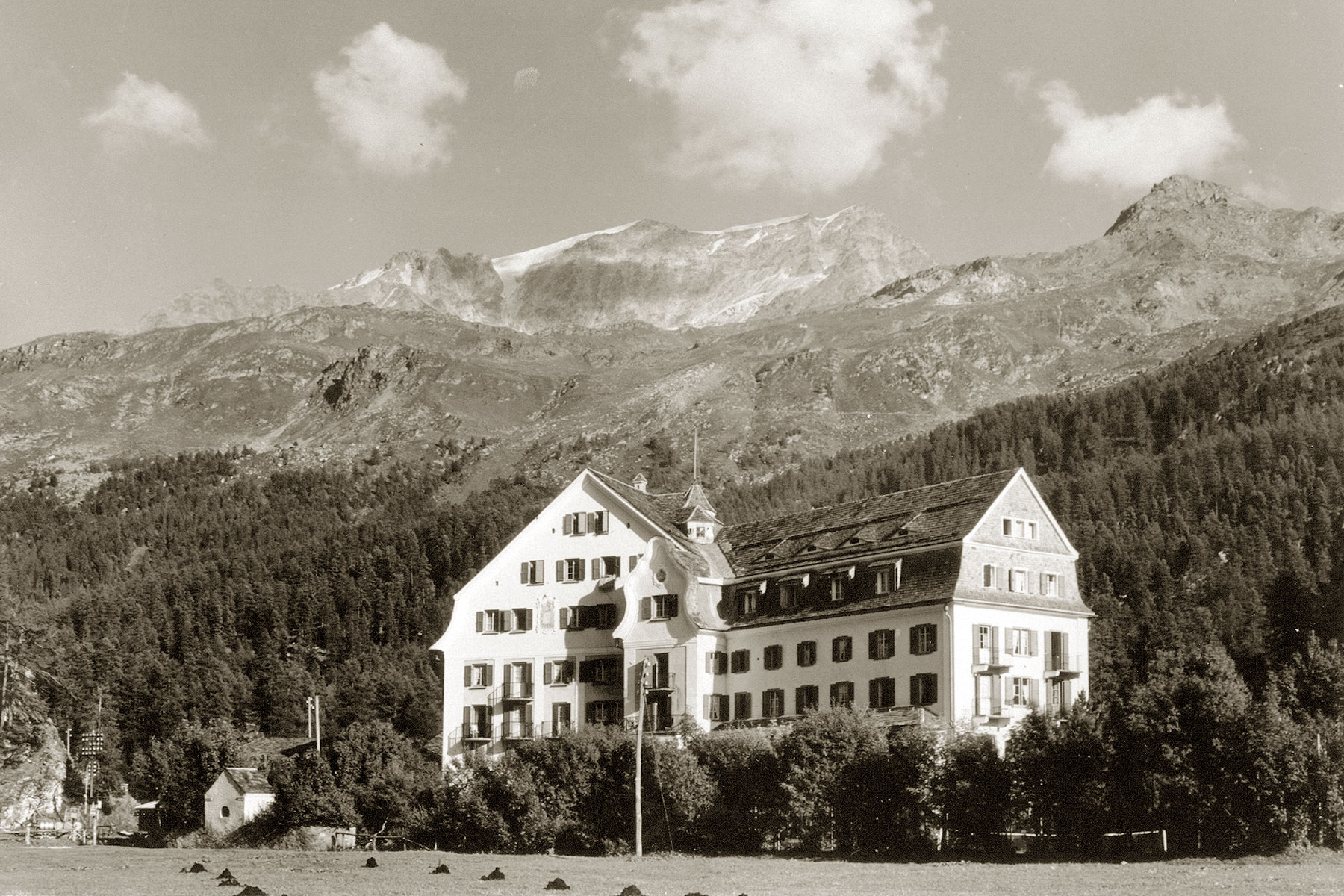
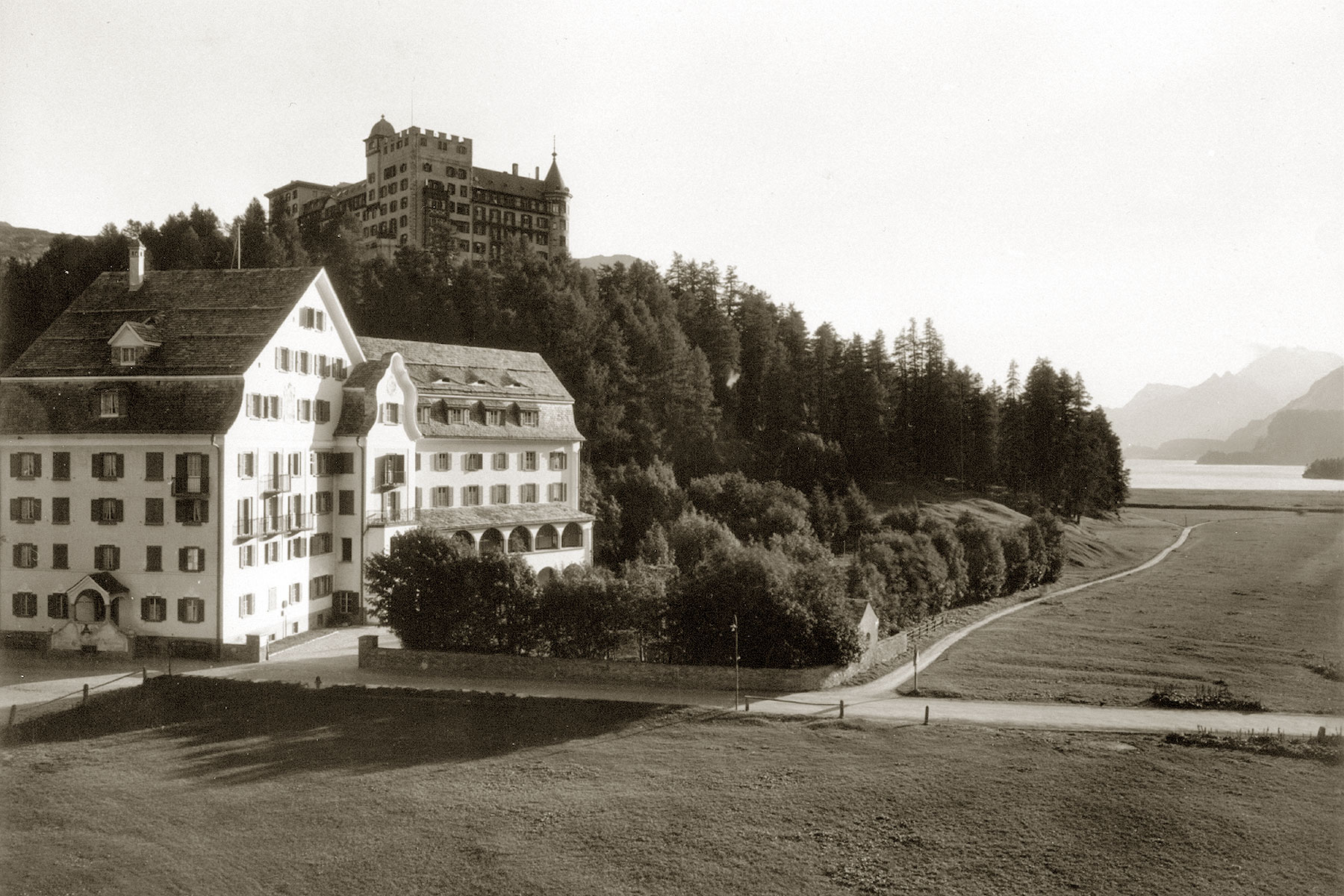
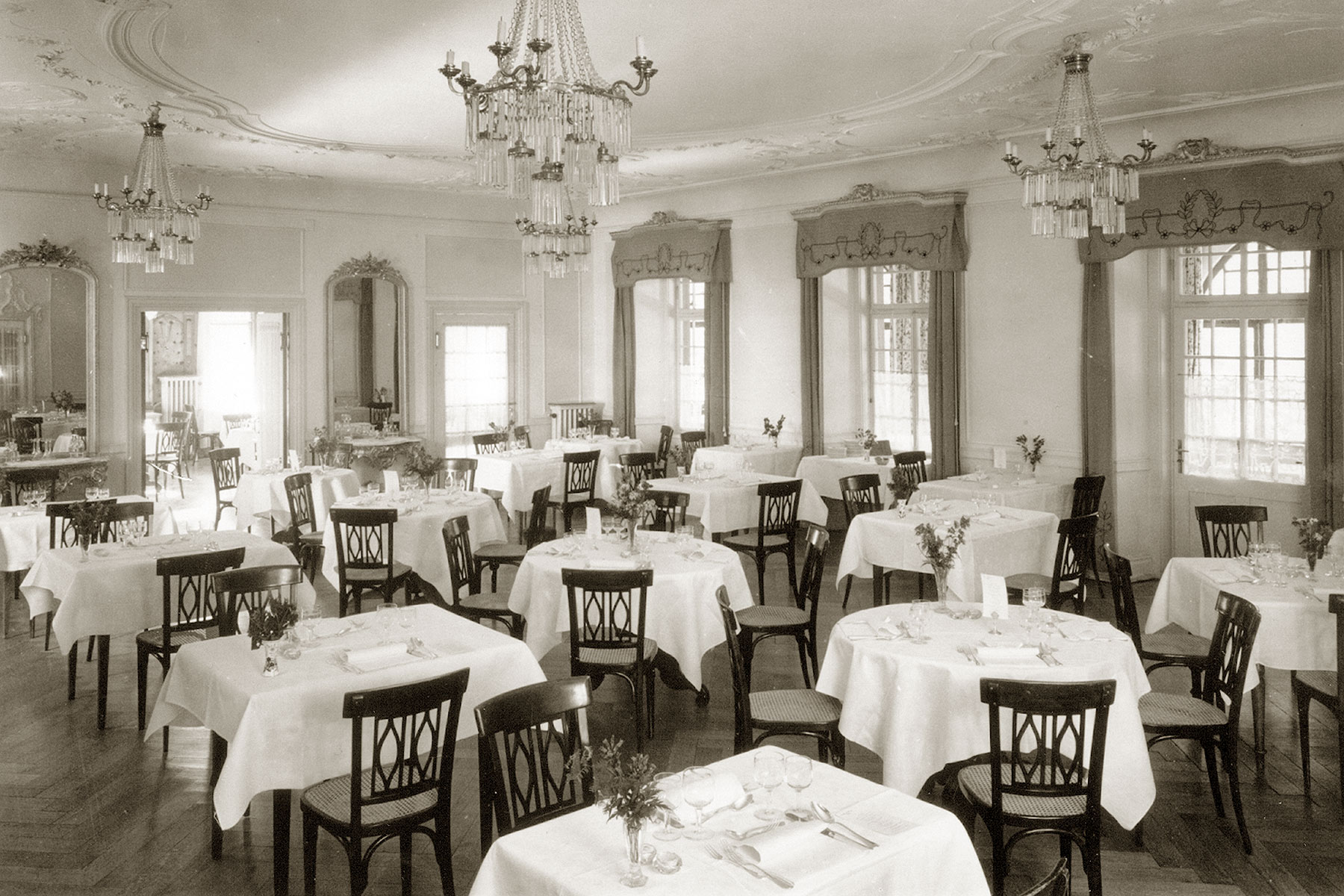
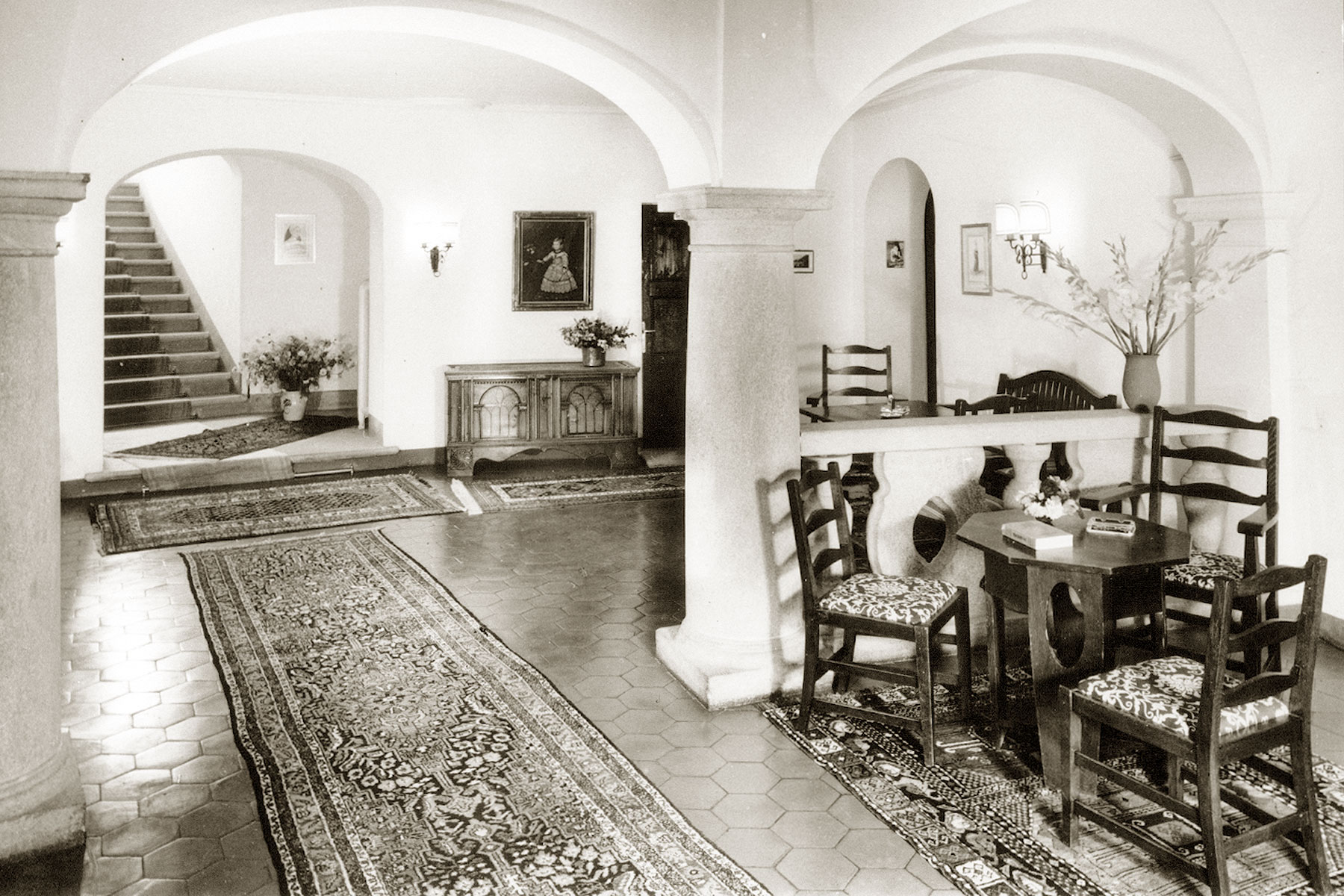
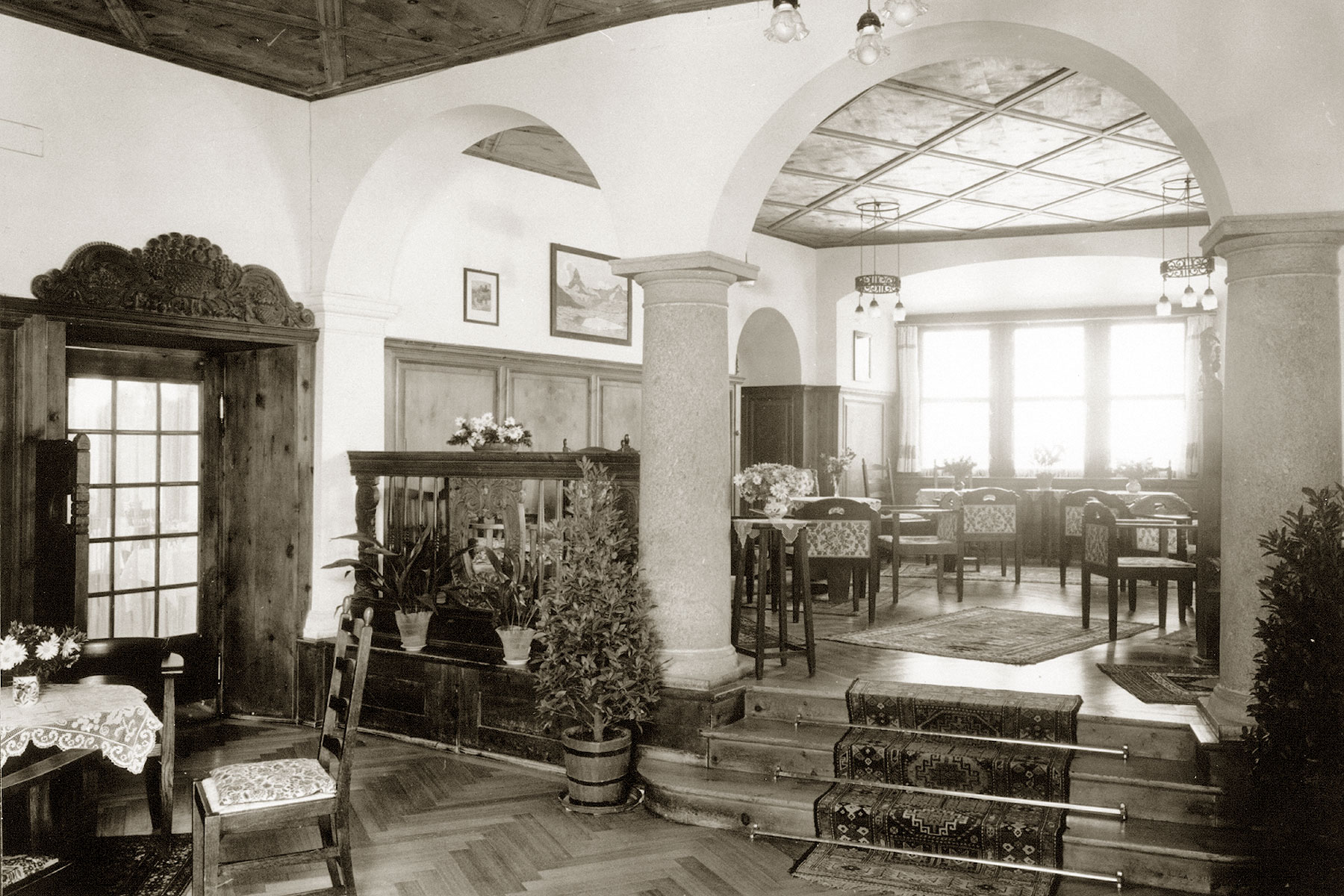
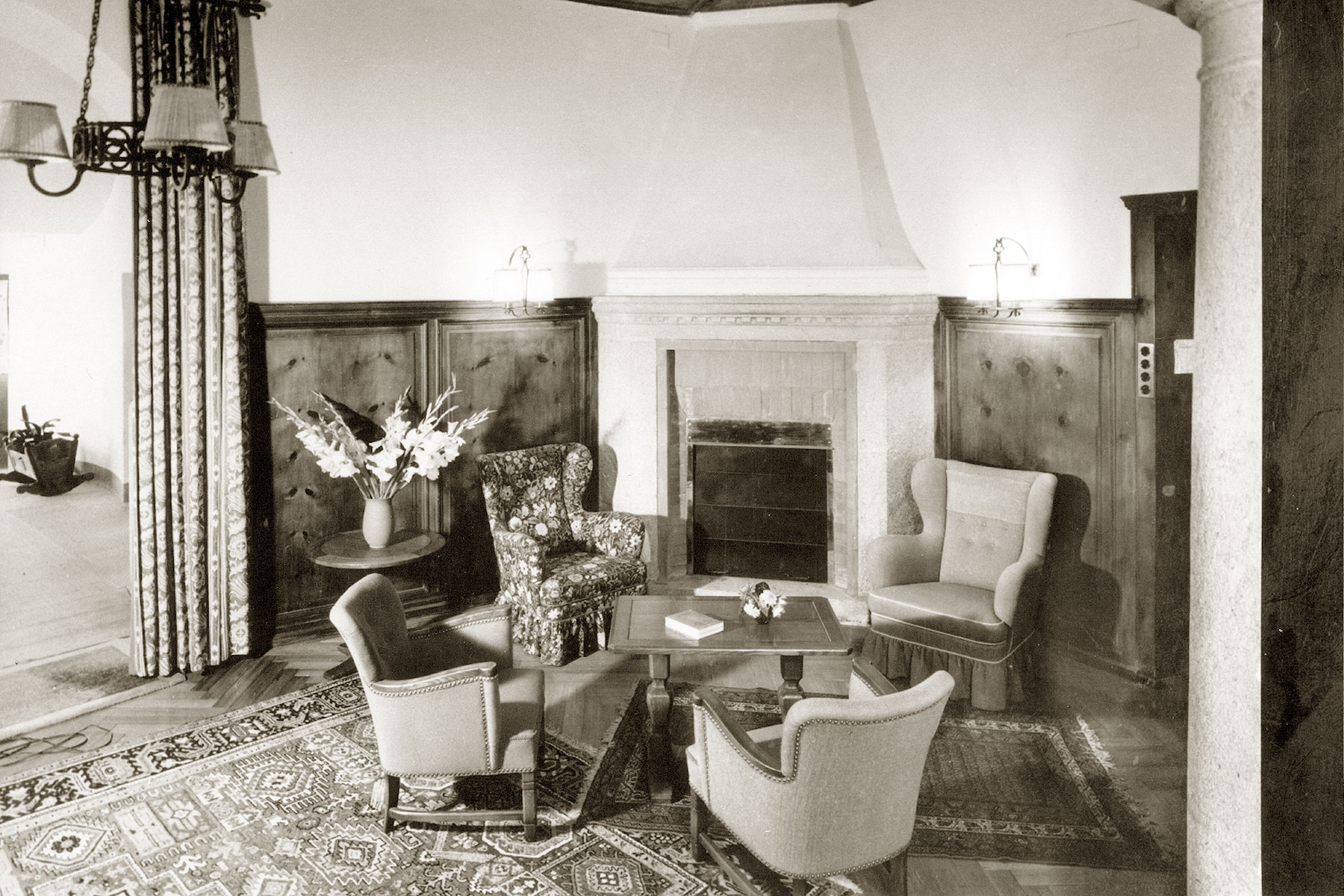
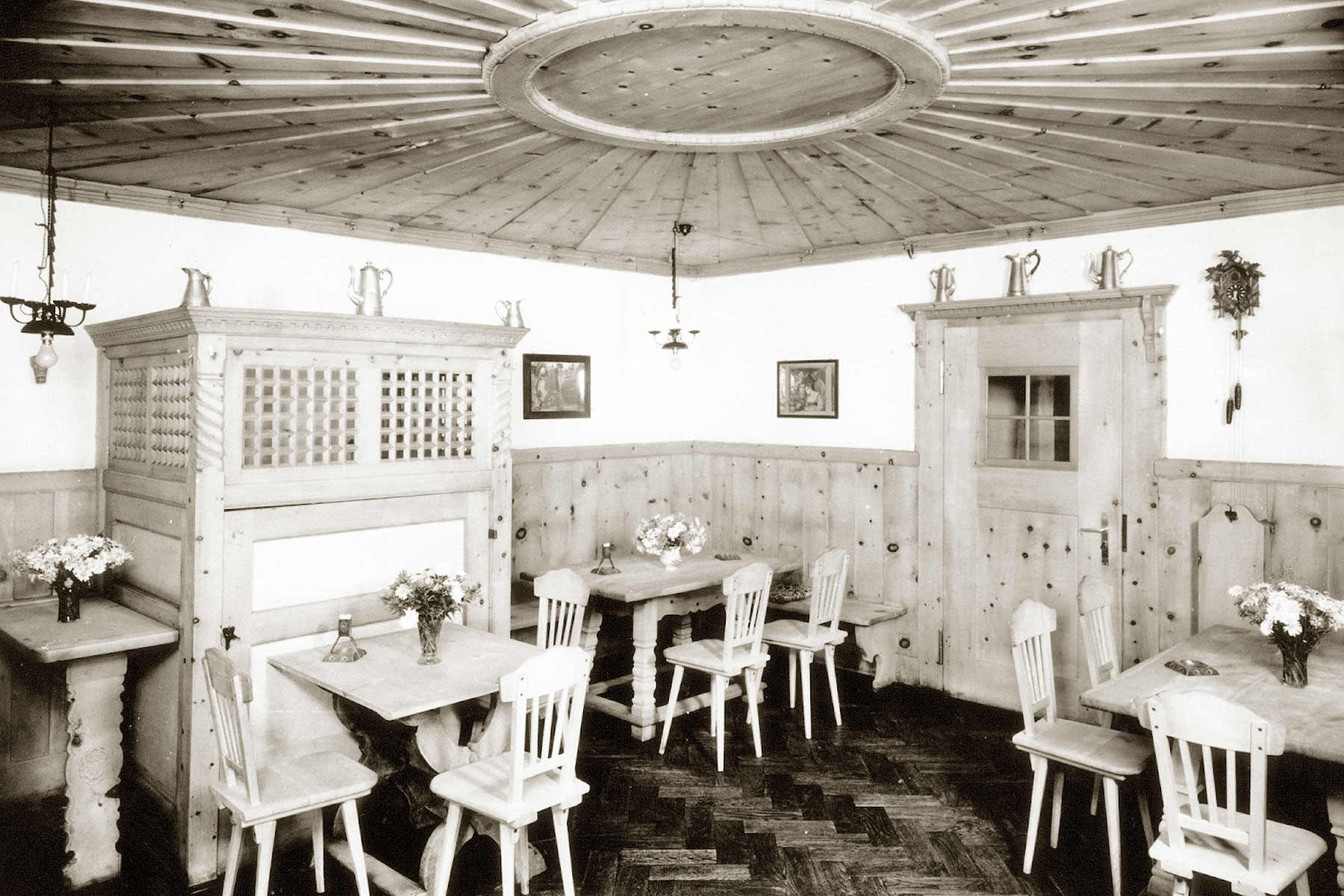







#######
